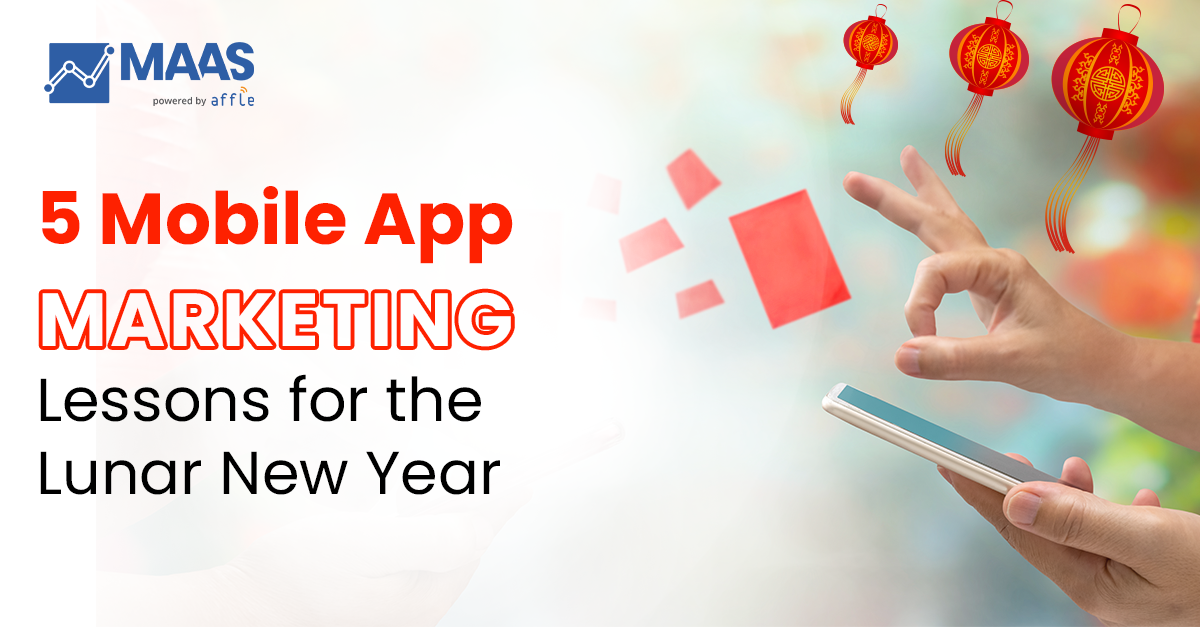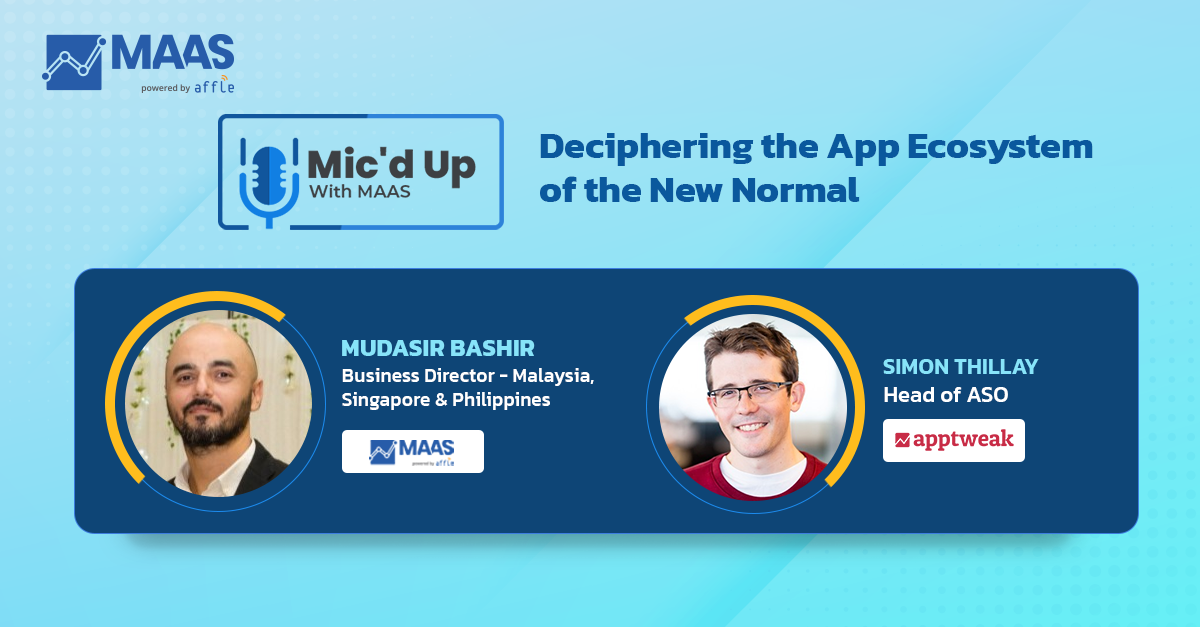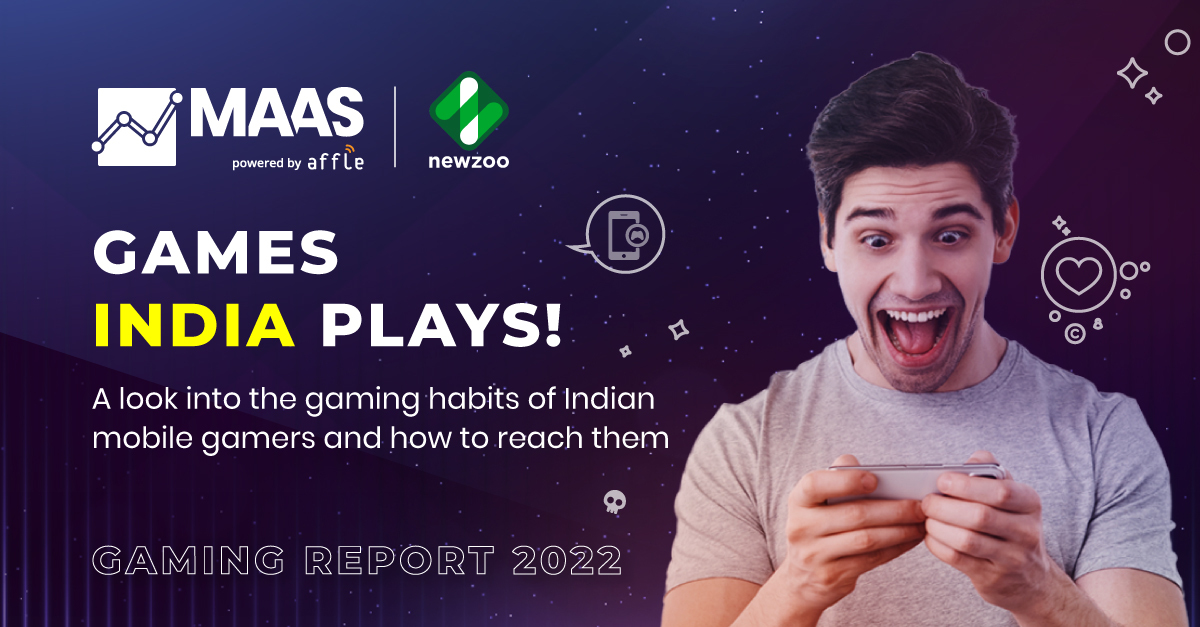The Mobile UA MAASterclass 3 : The Roadmap to Mobile Ad Campaigns

“The market is clearly underspending against mobile and its performance and usage. If you went to a CMO and laid out the facts, the average CMO would increase their spending from 1% to 10% of their total budget.” – Cameron Clayton, EVP Digital, The Weather Channel. I was recently listening to a podcast where a couple of CMOs shared their strategy/roadmap for paid mobile ad campaigns. It was interesting how there was one standard line of thought amongst all of them – how businesses allocate lower budgets to mobile ad campaigns against what is essentially required for a brand’s growth or user acquisition.
For most part of the 20th century, marketers employed mass-market media channels like TV, radio, print, and offline marketing that resulted in appealing to a broad spectrum of consumers. And a majority of the marketers were not satisfied with the results of their efforts as it always led to very limited scale and exposure of their brand. Besides, there was no relevant data to measure the ROI from their marketing campaigns and efforts.
As John Wannamaker famously pointed out – they knew that 50% of their advertising was working, just not which 50%. Fast forward to the current times – the way users engage, interpret, and act on advertising have evolved. Users are now progressing and shifting their engagement from the traditional path of awareness to interest to desire to action (AIDA). With an increased adoption of multiple screens, it becomes inevitable to focus on measuring the effectiveness of mobile ad campaigns along with following the most relevant media channel strategy. At the end of the day, your brand engagement depends on to what level the user is able to resonate with it and engage at the different level post the impression/first touchpoint.
Mobiles are now the first touchpoint to a brand/ business where it is growing into a primary tool to learn more about products and brands and engage more deeply with them to complete an action/purchase. The possibilities for brands to leverage these connections are significant. What follows is a step-by-step guide designed to help you build a mobile strategy, launch and manage a mobile marketing campaign.
Understanding the Need for Mobile Ad Campaigns & Their Projected Impact
One of my most favorite quotes of Tom Daly (from The Coca-Cola Company) is, “Everywhere that there is a Coke, there is somebody with a mobile phone and we’re finding a way to make that fact profitable for everybody.” & another one “My job is pretty simple: I have to make sure that if consumers have a mobile phone in one hand, then I need to put a coke in the other.”
We’re now living in a world of multi-screeners – we don’t simply use TVs or laptops or smartphones or tablets to gather information about a business. Instead, we use them to gather information and learn more about a product or service. Given this, it’s important to start including mobile campaigns into the larger marketing component and strategy while understanding its overall penetration in the digital world and the given impact that it can bring in your overall marketing strategy.
The power of mobile for marketers is fortified in the fact that mobile is permeating (people have access to their smartphones all the time), mobile is personal (it facilitates one-on-one engagement) and mobile is proximity (it facilitates targeting and access to users from a specific geographic location).
As a marketer the most efficient move in the current market is to leverage the power of mobile along every step of the sales funnel. Mobile can be used in the very early stages of search and discovery as well as in the later stages of purchase and loyalty. By understanding the unique power of mobile – that it’s a marketing tool, a sales tool, you’ll be in a position to differentiate your brand, leapfrog the competition and execute campaigns with an increased ROI.
Importance of a Media Plan & a Channel Mix
It is not about whether you can run a mobile ad campaign, it is about how well you can run one. With so many different channels in the current market, choosing the right one according to your marketing objectives is crucial.
Once marketers have a good understanding of the available channels, the next step is to understand how they intersect with each other and the other media channels. Audience overlapping is a common challenge most businesses face. An effective and integrated mobile marketing strategy uses a combination of some or all of these channels to engage with consumers. Marketers should be prepared to meet consumers where they are, study their usage patterns and, ultimately, understand what makes them go from search to purchase. Book My Show’s smart mobile marketing campaign for the famed Avengers : Endgame is a good example on why a media plan is necessary. The award winning campaign delivered stellar results with 5 million tickets sold a week before the release, 100% increase in click-through rate, higher conversions, successful re-engagement and improved user retention.
Use Mobile Ad Campaigns to Bridge Business Gaps
- Solve problems with your campaign : The most effective campaigns solve some sort of problem for the business. They facilitate a purchase, increase brand awareness and user reach, target higher user ROI, and LTV, or some combination of the above. Analyze which of these problems you’d like your campaign to solve and begin your design process. Starbucks used their app to extend their marketing strategies to give brand loyalists a personalized experience by updating them about engaging brand loyalty programs, virtualized brand values, mobile ordering and payment, integration with different platforms. Today the Starbucks mobile payment system has surpassed Apple and Google’s payment systems in the USA in terms of popularity.
- Understand what your user is looking for : The first step for any mobile campaign is to understand how your user will engage with the ad. Do they want information? Or do they simply want to engage with the brand? Do your competitors already have a similar messaging strategy of their own? Or are you a pioneer? By taking a look at your customer and the competitive environment surrounding them, you’ll have laid the foundation for a successful app campaign. Nivea’s app chose not to advertise their products. Instead it focused on a very common and significant problem of their target users – knowing where their toddlers were. A simple bracelet connected to the app told users of their child’s location. The campaign resonated positively with users who were appreciative of a brand just looking to help.
- Design with an objective in mind : Is the purpose of the campaign simply to create brand preference? Is the purpose to facilitate a financial transaction? Is it to reduce customer churn? Or all of the above? By establishing your goals early on, you’ll be able to accomplish your overall objectives for the campaign. Sephora’s mobile marketing strategy had a clear objective – to stay on top of their customer’s mind no matter where they are. The cosmetic brand used their app to create an omnichannel retail experience for their customers, driving in brand awareness and greater sales.
- Don’t underestimate the budget : Sometimes, very simple marketing changes can make the difference between a campaign that brings 100% ROI and a campaign that runs with a negative ROI. It’s best to start with a simple concept and build up from there rather than starting with an “everything but the kitchen sink” concept and disassemble from there. In other words, start small and build up according to your campaign results.
- Analyze your competitors’ campaigns : Which channels is your competitor leveraging? Do you like their channel mix and see it creating an impact? If so, what can you borrow from their experience? Also, don’t hesitate to examine campaigns and ads outside your industry segment. What can you borrow from those apps? Examining other campaigns and creatives is an inexpensive way to learn. You can leverage MAAS to gather competitive insights on your competitors’ DRR, MAU, DAUs etc.
By keeping the above-mentioned guidelines at the top of mind, the campaign that is developed for your business will have a greater likelihood of success. And most importantly, consumers will enjoy engaging with your campaign and consequently with your brand. The functionality of a campaign doesn’t have to be confined to the user-brand experience. Many brands choose to run ads within a mobile app in order to build awareness and generate demand. That’s where Affle’s MAAS, an unified advertising platform gives you an edge with its focus on audience procurement and intelligence, transparency and fraud prevention across multiple channels. MAAS helps brands with a customized media plan covering all the relevant mobile marketing channels like the Social, OEMs, Direct Apps, DSPs, and ad networks in congruence with your business’ objectives and goals.
If you are looking to level up your mobile marketing campaign for user acquisition, feel free to contact us here.




















